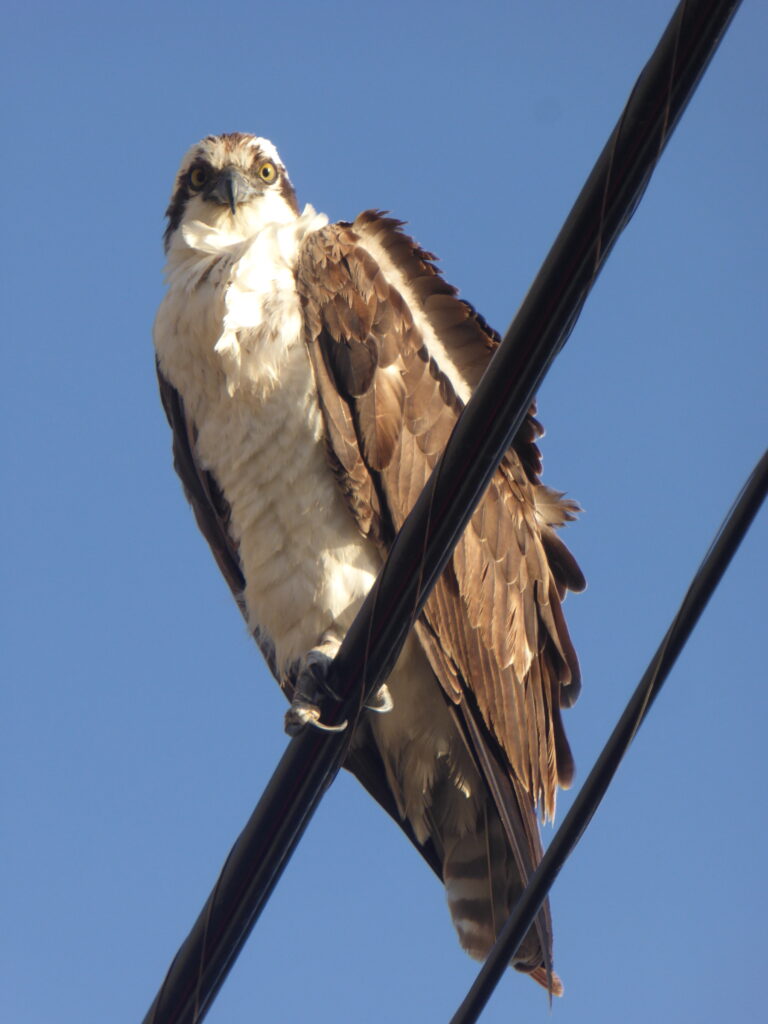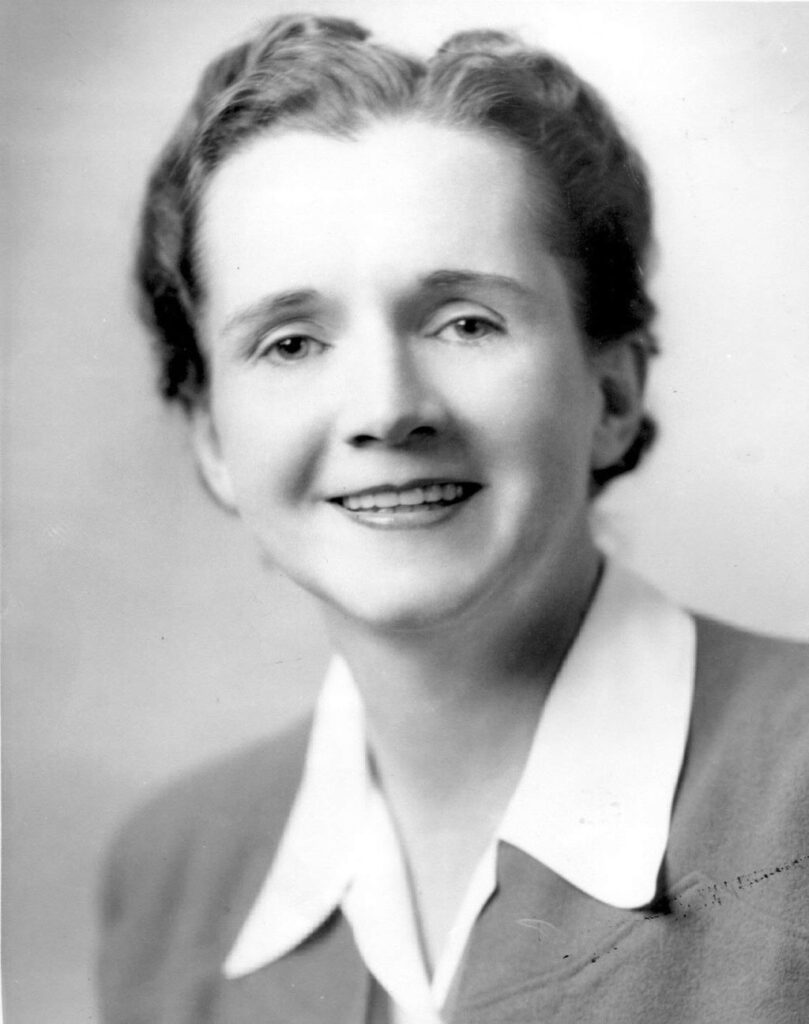
Rachel Carson’s groundbreaking environmental wake-up call Silent Spring officially turns 60 next year, but the work was completed in 1961 and optioned by The New Yorker, which ran it as a series of essays before it was published as a book in September 1962.
In the book, Carson, a former U.S. Fish and Wildlife marine biologist and lifelong naturalist, raised lasting questions about the impact of synthetic pesticides, questioning the direction of 20th century science. It was one of the ignition points for the environmental movement.
“As crude a weapon as the cave man’s club, the chemical barrage has been hurled against the fabric of life—a fabric on the one hand delicate and destructible, on the other miraculously tough and resilient, and capable of striking back in unexpected ways,” Carson wrote. “These extraordinary capacities of life have been ignored by the practitioners of chemical control who have brought to their task no ‘high-minded orientation,’ no humility before the vast forces with which they tamper.”
The chemical industry, riding high on military funding since World War II, tried to discredit Carson. They filed lawsuits, claimed she was unqualified or even insane, and accused her of being a communist, but the truth she presented was incontrovertible.
“Man is a part of nature, and his war against nature is inevitably a war against himself,” she cautioned. “…[It] is simply impossible to predict the effects of lifetime exposure to chemical and physical agents that are not part of the biological experience of man.”
Carson wasn’t the first to sound the alarm. There were critics in the scientific community who questioned the safety of DDT from the start. Carson became involved after hearing about the Citizens’ Committee Against Mass Poisoning. The group was formed in 1957 to raise awareness about the devastating impacts of wide-scale use of the pesticide DDT after the US government sprayed the pesticide on more than three million acres across the Northeast in an effort to eliminate invasive gypsy moths and eliminate songbirds, instead. The citizen’s group launched a massive letter writing campaign to newspapers nationwide. The letters attracted Carson’s attention, and she ended up being the person who was able to bring the message to a national and global audience.
Silent Spring was an immediate bestseller and it has remained in print for 60 years.
Carson spent the last two years of her life spreading and defending her message. She testified before Congress about the impact of DDT on wildlife and also its potential to be a carcinogen to humans. She was herself dying from cancer during those hearings, but she didn’t let that stop her.
Carson died in 1964, and never saw the full impact of her work, but the movement that formed around her book continued to grow, resulting in the passage of the Clean Air Act (1963), the Wilderness Act (1964), the National Environmental Policy Act (1969), the Clean Water Act and the Endangered Species Act (both 1972). The Environmental Protection Agency, established in 1970, was also a direct result of that activism.
Some of the environmental protections that are Carson’s legacy were weakened under President Ronald Reagan, and undermined further or outright eliminated during the Trump Administration, but the movement that she spearheaded continues to push back against polluters.
Silent Spring is as relevant today as it was in 1962, and unfortunately part of that is because we are still fighting to put the genie released by DDT back in the bottle.
DDT (dichloro-diphenyl-trichloroethane) was the first modern synthetic insecticide developed in the 1940s. Soldiers and refugees and herds of livestock and household pets were dusted with it to kill parasites like fleas and lice; it was sprayed from crop dusters over fields, forests and wetlands, and added to household products like kitchen shelf paper and nursery wallpaper, even wallpaper meant for a child’s nursery, printed with cheerful Disney characters like Donald Duck.
Nevil Shute, in his popular 1950 novel A Town Like Alice, describes how the protagonist sprays DDT on everything in the eponymous Australian town to kill flies, including the walls of the town ice cream parlor.
DDT was promoted to kill mosquitos and touted as a way to eliminate malaria, typhus and the other insect-borne human diseases. It remains one of 12 pesticides recommended by the WHO for indoor residual spray programs in Africa and other areas in the developing world where malaria is a problem, despite the fact that it has been banned in many countries and classed as a probable human carcinogen. It’s also a contaminant present in other still-legal pesticides used in the US, and it’s hard to get rid of once it has been introduced into the environment.
DDT is highly persistent—the official way of saying it is slow to break down—and it is also insoluble in water. It forms small particles that can travel long distances in the upper atmosphere, and it easily accumulates in the fatty tissues of living organisms, where it builds up in a process called biomagnification.
That build-up had its most visible impact on birds—hence the title Silent Spring, a reference to the season without birdsong that would come when all the birds were dead. That may sound extreme, but it wasn’t. DDT weakened the eggs of many species, including the California condor, the Peregrine falcon, the California brown pelican, and the bald eagle—America’s national symbol. These species were pushed to the edge of extinction in less than 30 years because of DDT.
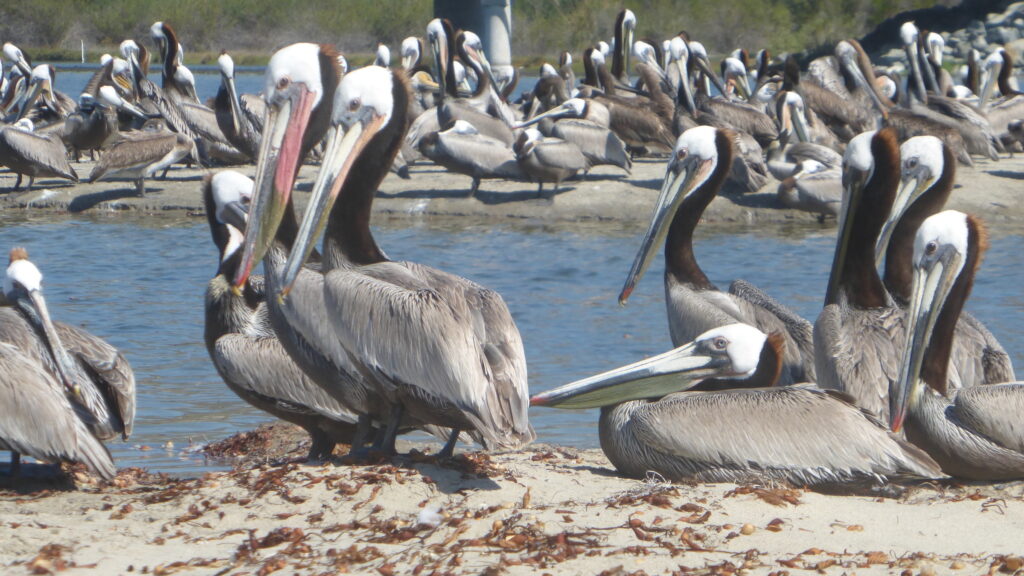
Thanks in large part to the exposure given to the issue by Carson in Silent Spring, the pesticide was banned in time to save species. It’s hard to imagine now how close we came to losing them forever, and the list of species impacted by DDT includes gulls, terns, cormorants, mergansers, and herons, but also a wide range of fish and marine invertebrates and even mammals like sea lions, and whales…and humans—the mess we created harms us, too.
In 1972, a decade after the publication of Silent Spring, the newly created EPA issued a cancellation order for DDT based on its adverse environmental effects, including its impact on wildlife and its potential human health risks. The biggest producer of DDT was Montrose Chemical Corp., which began manufacturing the pesticide at a factory near Torrance in 1947. When the pesticide was banned in the US, Montrose continued to manufacture it for the international market. When DDT use declined over the next decade, the unsold pesticide was dumped in the waters off the California coast.
One disposal site in the Santa Monica Bay off the coast of Palos Verdes has been known for years and is a documented federal superfund site, but there was more. Much more. In 2020 UC Santa Barbara geochemist and microbiologist David Valentine discovered a post-apocalyptic hellscape of DDT barrels off Catalina Island: all of it buried deep in the ocean and leaking a toxic sludge onto the seafloor.
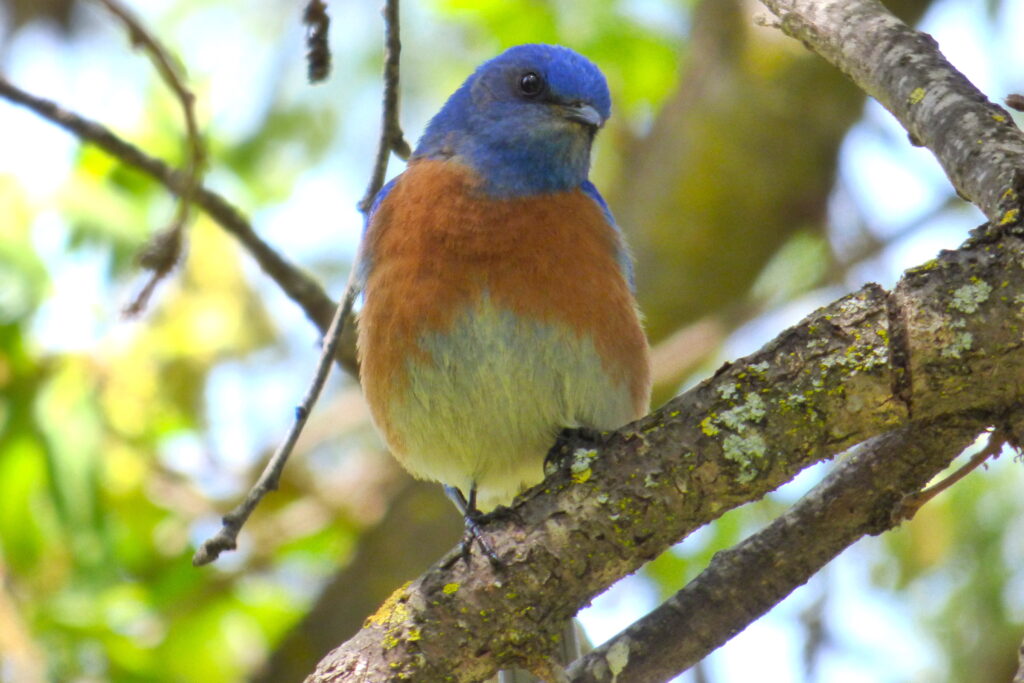
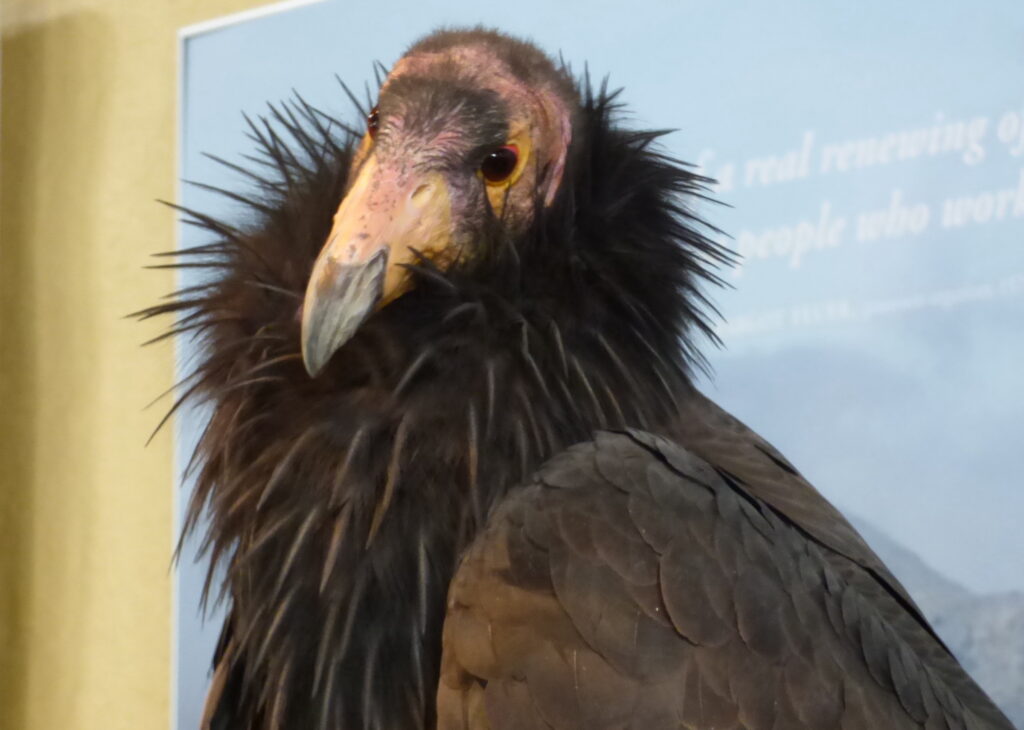
A 2020 Los Angeles Times exposé on the newly discovered hazardous waste site states that one sediment sample showed “DDT concentrations 40 times greater than the highest contamination recorded at the Superfund site.”
Carson is best remembered for Silent Spring, but most of her writing was about the ocean. She might have been saddened but would not have been surprised to learn that the most recent act of the DDT tragedy is playing out in the ocean.
“How could intelligent beings seek to control a few unwanted species by a method that contaminated the entire environment and brought the threat of disease and death even to their own kind?” Carson asks in Silent Spring. “This is precisely what we have done. We have done it, moreover, for reasons that collapse the moment we examine them.”
Silent Spring remains compelling and frightening. The Sea Around Us, which won the National Book Award, and was on the New York Times best-seller list for a record-breaking eighty-six weeks, and her first book, Under the Sea Wind, are gentler, more lyrical reflections on nature, although they also contain warnings: “It is a curious situation that the sea, from which life first arose should now be threatened by the activities of one form of that life,” Carson wrote in her 1951 book The Sea Around Us. “But the sea, though changed in a sinister way, will continue to exist; the threat is rather to life itself.”
Carson’s books are worth revisiting—or exploring for the first time—for the beauty of the writing, for the importance of the message, and as a powerful reminder of how one person can change the world for good if they have the courage and the knowledge to speak out.
Learn more about the author and her work at www.rachelcarson.org
